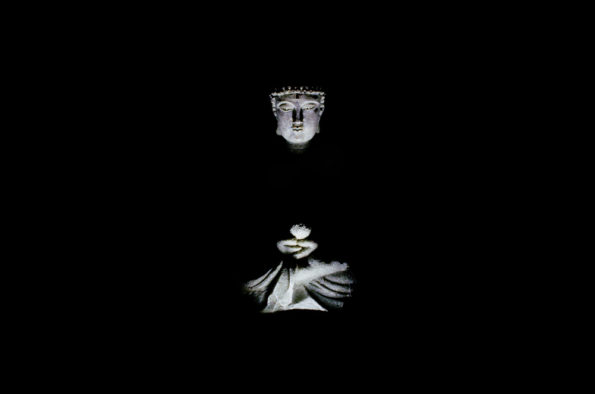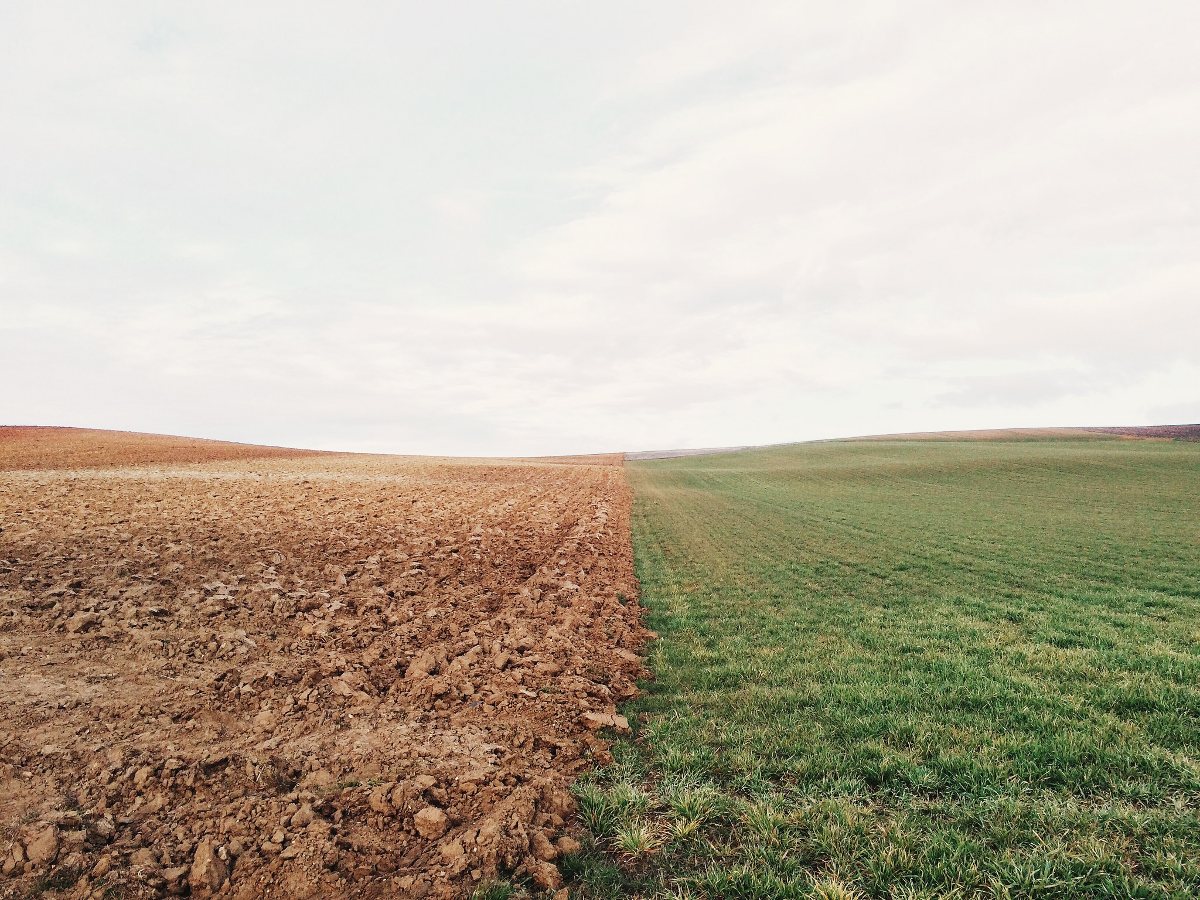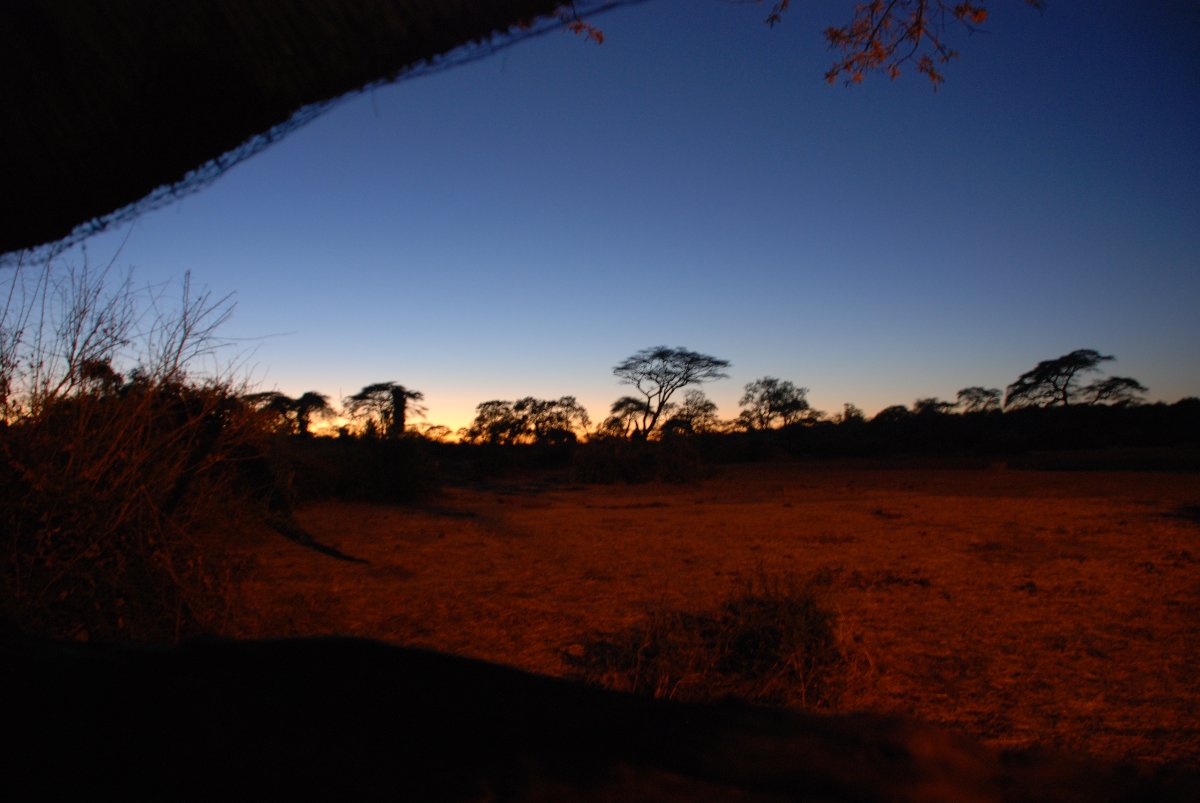Making the higher active and the lower passive
Dualism means the tendency of humans to perceive and understand the world as being divided into two discrete categories. Dualism exists in many belief systems including Zoroastrianism, Christianity, Taoism and Confucianism. In these beliefs the universe is divided into the complementary oppositions, e.g. good and evil.
In traditions such as classical Hinduism, Zen Buddhism or Sufism, a key to enlightenment is “transcending” this sort of dualistic thinking.

In Chinese philosophy, the opposition and combination of the universe’s two basic principles of yin and yang play a large role and are important features of Taoism, both as a philosophy and as a religion.
Yin and yang are used to describe how opposite or contrary forces are interconnected and interdependent in the natural world; and, how they give rise to each other as they interrelate to one another.
Many natural dualities (such as light and dark, high and low, hot and cold, fire and water, life and death, and so on) are thought of as physical manifestations of the yin-yang concept. The concept is also a central principle in different forms of Chinese martial arts and exercise, such as qigong Yin and yang can be thought of as complementary forces interacting to form a dynamic system in which the whole is greater than the parts. Everything has both yin and yang aspects, (for instance shadow cannot exist without light). Yin or yang manifest more or less strongly in every person.

Some of the common associations with yang and yin, respectively, are: male and female, active and passive, motion and stillness.
The yin and yang symbol in actuality has very little to do with Western dualism; instead it represents the philosophy of balance, where two opposites co-exist in harmony and are able to transmute into each other.
In the yin-yang symbol there is a dot of yin in yang and a dot of yang in yin. This symbolizes the inter-connectedness of the opposite forces as different aspects of Tao.
Contrast is needed to create a distinguishable reality, without which we would experience nothingness,
i.e. you need friction for fire. Therefore, the independent principles of yin and yang are actually dependent on one another for each other’s distinguishable existence. An underlying principle in Taoism states that within every independent entity lies a part of its opposite. Within sickness lies health and vice versa. This is because all opposites are manifestations of the single Tao, and are therefore not independent from one another, but rather a variation of the same unifying force throughout all of nature.
For me, conscious dualism is the awareness of two different forces constantly working within us – the higher and the lower. It is the ability to observe how the higher self and the lower self manifest themselves in our lives and to increase our intentionality for making the higher active and the lower passive.
In my experience, our higher self reveals itself through, acceptance, forgiveness, and compassion.
We need to accept the fact that everyone is struggling with their own issues and most of us are doing our best to care for ourselves and for others.
We need to accept our own limitations and the limitations of people in our lives, but not let those limitations limit us. We need to forgive others for whatever offenses they may have caused us and hope others will forgive us for our own transgressions, shortcomings, hateful acts, and sins of omission. Finally, we need to find compassion in our hearts for all living creatures on our common planet. These words are all easy to say, but I find it is all too easy to slip into my lower self.
Our lower self shows itself through imagination, identification, and negative emotion. Imagination is our tendency to exaggerate our own self importance and centrality. It is fed by our egos (well-fed, I might say) and results in highly inflated opinions of our capabilities, power, and presence.
As a friend of mine would say, “we are often prone to inhaling our own PR.” I am often guilty of having more confidence than my capabilities would suggest is appropriate. And this confidence easily spills over into arrogance.
Identification is our tendency to get over-invested in any given image, role, position, religion, nation, or ideology.
The belief system usually associated with that identification causes us to draw conclusions and act in ways that are not always in our own best interest and certainly don’t advance our growth and development as evolved human beings. I am guilty of identifying as a psychologist, an outsider, a provocateur, an athlete, or a parent. I don’t particularly identify with any nation, or religion, but I have many other identifies I can hide behind.
Negative emotions are those feelings that sink us into depression, rage, disorientation or any other energy depleting states. They are spiritual anchors. I am guilty of reacting for the slightest reason with impatience, irritation, intolerance, and disgust. While I’m much quicker to observe these emotions and let them go, they continue to raise their ugly heads in my ever-vulnerable psyche.

It seems to me that the goal is to make our higher selves active and our lower selves passive.
The real questions are:
- Can I be more conscious of how and when my lower and higher selves show up?
- Can I be more intentional about connecting to my higher self and make an effort to activate it?
- Can I transcend my dualistic nature and find joy in those “enlightened moments?”
Yes, consciousness, intentionality, and transcendence seem to be the most useful ways to deal constructively with our dualistic nature.
Also published on Medium.



Bravo Rick,
. . . for taking the leap, for laying all this out and for inviting us in–not that you haven’t been on display these last 40 years wandering in corporate America!
In each post that you have up this far I can read, know the issue you’re wanting to engage, and where or on which side of the issue you hope to persuade your reader to come down on. And on those scores I don’t know how to enter any discussion, other than to say, “good, Rick.”
An overall issue that may be good for me to engage with you has to do with your overall strategy for thinking, articulating and teaching.
And since our meeting when you laid out a few aspects of the Carkhuffian system I appreciate more what you’ve been steeped in.
So the issue is simply that I have been exposed to approaches that depart not just from Carkhuff but from what has been known in philosophy as “representation thought.” And they appear to me to be–as their varied authors claimed–better suited for insinuating as well as stating the kinds of points you seem most intent on making.
These influences of mine include Eastern and Western streams–the three waves of Buddhism in the East, and the line whereby Kierkegaard’s and Nietzsche’s critiques of Hegel gave rise to Husserl, Heidegger, Merleau-Ponty and closest to me, Gendlin. Lots of others chimed in, but that will do for this “short” comment.
As briefly as I can say, the issue for me amounts to staying awake for how we’re always immersed in the reality we claim to think and voice. So “thinking about” as if reality stays still for the convenience of our schematizing is simply blind to the fundamentally interactive dynamism always at work.
The alternative strategy is to “think into” and “speak to” or “speak from” this ongoing immersing, saying how “this” is just now going on.
One small, but very important example in your blog on Centrality.
You cite “neuroscience” as having shown that various subsystems of the brain are in charge, and not we who think we are.
This is a widespread opinion among people who are reasonably informed these days. So the issue is much, much broader. To put it most baldly, the neuroscientific fad is brainwashing the public into dissociation.
And it’s a revisiting of a plague that some great minds of the 20th already addressed, but many seemingly smart and well placed people ignore. See Kurt Goldstein on “The Organism,” or Maurice Merleau-Ponty “The Structure of Behavior” and “The Phenomenology of Perception.” On second thought, NO Rick, those are all too weighty right now. Just google Goldstein and you’ll find some valuable quotations on what he picked up from Goethe on not imputing causative priority to some part when in living organisms always the whole is active agency.
Let me draw a parallel that illustrates my point: get up and tell people, “I am not talking.” What are they to do, other than laugh? You’re contradicting yourself. In lit-crit terms it’s called, “a performative contradiction.” You contradict as you speak. And this fact only surfaces as you keep awakening to think as you speak and notice how reality emerges or changes with your words.
A neuroscientist who gets up, or writes, and says: “the brain runs the show” is doing a version of “I am not speaking” (for s/he is claiming: “the brain runs the show here too”). How do we know that this claim re “the brain” isn’t some subsystem of the brain running amuck?
Related issues arise in your centrality discussion and also with conscious dualism. For Carkhuffian teaching you’re fine. You want to put a scheme on the board in front of the room, and have it stay still throughout your talk so your listeners have a consistent, reliable set of fixed mental objects they can refer to.
But if you want to introduce people to being more light footed, awake, and better able to melt through all kinds of “isms” including dualism, then you’re not yet exemplifying consistently your message.
Instead, with representation thought and models you will inadvertently “talk them into” the kind of non-thought of “I’m not talking, my brain is” after which you then tack on the afterthought, “but you can do better.”
How can they emerge if what you just about the brain running the show is THE fact?
To take another example: If you’re being wakeful do you even find such a “thing” as “my lower self” and “my higher self” let alone the pair of them somehow poised to have you (wherever you’ve now moved to apart from those two) make one active and the other passive?
I hope I’m being useful to you here.
And of course the ironies abound, as I spend savings to launch my modest wisdom-years project, sharing with you in between your various world travels and high end consultations that keep you and your family well ensconced in a Brooklyn brownstone. Is life a hoot or what?
Love and looking forward to our next talk,
Artie
Thank you for such a full and rich response to my posts. As you know, my goal is to create a community of people who are interested in these ideas and who want to engage in conversation. Your comment is a perfect example of what I was hoping for. And beyond. As always!
Three of your ideas jumped off the page for me:
1. “Thinking as if reality stands still for the convenience of our schematizing is blind to the interactive dynamism always at work.” Your wonderful work at http://www.energysway.com overviews all the layers and nuances of that statement. I love your idea of “Welcome This” – an experiential appreciation of the continuous effect of cosmic energy in our lives. Of course, I had to look up Kurt Goldstein and order his book, Organism. His quote “courage is nothing but an affirmative answer to the shocks of existence,” hints at what I think you are getting at in your comment. He suggests that we should courageously explore the explorable, but stand in awe before the unexplorable. I think this relates to your quest for making the immaterial material. It also seems to me that your idea is related to Heisenberg’s uncertainty principle.
2. “Neuroscientific fad is brainwashing the public into dissociation.” Just to be clear, I don’t believe, as many neuroscientists do, that the brain controls the mind. As I said in my post Science and Spirituality, I believe our goal is to develop a soul or crystalized essence, or conscious CEO that instructs the brain, body, and heart how to see, do, and be. So I’m not sure we are in disagreement on that one.
3. “If you are being wakeful, do you ever find such a thing as your lower self and higher self.” You got me with that one. I know that your point of view is that we “thingify” everything and thus lose the beauty of our dynamic, ever-changing whole selves. As you would say, we need to allow and welcome energy and let it manifest as a dance with life. I’m still struggling with this idea because I have always felt like we do have two sides to our nature. The lower side tends to be more active and the higher side tends to be more passive. The goal is to switch the energy from one to the other and ultimately transcend both so that we are at One with All. Am I still “thingifying?”
Much love and chi,
Rick
[…] share this story to make the point that simply writing down values is only the first step. Those words need to be genuine and translate into day-to-day behaviors. Clearly, those values weren’t institutionalized at Wells […]
[…] year I edited a book for Luke Chan, my Qi Gong master, entitled The 8 Secrets to the Tao Te Ching. I asked him what the Tao Te Ching had to say […]